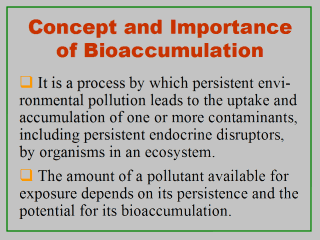| front |1 |2 |3 |4 |5 |6 |7 |8 |9 |10 |11 |12 |13 |14 |15 |16 |17 |18 |19 |20 |review |
 |
From
Part I,
it is clear that in most cases any substance that can cause endocrine
disruption is a potential toxic agent. The extent of harm this endocrine
disruptor can exert on an organism depends primarily on two elements. The
first is the disruptorís potency, which includes its affinity for binding to
one or more hormone receptors in the organism or its ability to damage
certain parts of the organismís endocrine system. The other element is the
exposure potential of the organism to this disruptor. As discussed in another series of online lectures (Dong, 2001), exposure potential is a function of the amount (e.g., concentration) of a toxicant available for contact and the way in which the contact is made. The second component, that regarding the way in which the contact is made, involves the intensity, the duration, the frequency, and the route of exposure. The first component, on the other hand, is the subject matter of this second part and apparently a more critical matter insofar as passive exposure is concerned.Aside from resources and its usage, the amount of a toxicant available for contact depends on two important factors. These are its persistence and the potential for its bioaccumulation. Persistence is measured by the toxicantís (in)ability to (bio)degrade, which is the main topic of Part III of this lecture and is closely related to the toxicantís tendency to bioaccumulate.Bioaccumulation, which is related closely to biomagnification and bioconcentration ( Slide 10), is the process by which environmental contamination by persistent pollutants, including endocrine disruptors, leads to the uptake and accumulation of these chemicals by organisms. |